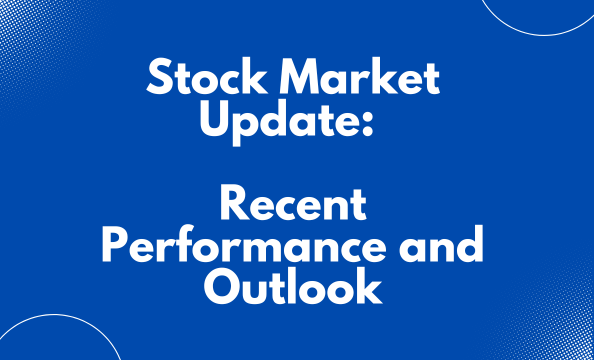Stock Market Update: Recent Performance and Outlook

Over the past few days, major U.S. stock indices exhibited mixed performance as markets processed a combination of robust corporate earnings, economic data releases, and Federal Reserve policy signals. Here's a closer look:
Market Movements
- Dow Jones Industrial Average (DJIA): The Dow maintained its resilience, driven by gains in the consumer staples and healthcare sectors. Notable performers included Procter & Gamble (+2.54%) and UnitedHealth (+1.79%), buoyed by consistent demand and strong healthcare plan growth. However, industrials like Caterpillar faced headwinds, dropping 3.63% due to concerns about global construction activity .
- S&P 500: The index closed near the 6,000 mark, showcasing broad-based performance. Gains in energy (e.g., Range Resources , +7.38%) and technology (e.g., Tesla , +8.19%) reflected stabilizing commodity prices and positive EV sector sentiment. Conversely, financials, including SVB Financial , faced sharp declines amid liquidity and interest rate challenges .
- NASDAQ Composite: Tech-heavy NASDAQ saw divergent trends. While cybersecurity firms like Fortinet surged (+10.01%) on heightened demand, Chinese tech companies like JD.com struggled, shedding 6.88% due to uncertainties surrounding China's economic recovery .
Key Drivers Behind Movements
- Earnings Season: Strong quarterly results from major players like Tesla and Procter & Gamble underpinned sectoral gains, highlighting robust consumer spending and innovative momentum in tech and EV industries .
- Federal Reserve Policy: The Fed's continued focus on interest rate management played a crucial role. Growth-oriented sectors, particularly tech, remained sensitive to rising rates, which increase borrowing costs and pressure profit margins .
- Global Economic Concerns: Slowing demand from China weighed on industrial and tech stocks, reflecting broader challenges in global trade and supply chain dynamics .
Forecast and Implications
Looking ahead, the market is likely to remain sensitive to upcoming inflation data and Fed communications.
- Technology and Innovation: Companies in AI, cybersecurity, and renewable energy sectors could see continued investor interest, driven by demand for digital transformation and sustainability initiatives. However, volatility may persist due to regulatory and macroeconomic uncertainties.
- Defensive Sectors: Healthcare and consumer staples within the Dow may continue to provide stability, especially for investors seeking lower-risk options amid fluctuating interest rates.
- Energy and Materials: Stabilizing commodity prices could offer opportunities in energy stocks, but industrials tied to global construction and manufacturing might face ongoing challenges .
At Affinity Capital, we are committed to staying abreast of economic developments and assessing their potential effects on your investments. Our proactive approach emphasizes regular portfolio reviews and strategic adjustments to ensure your investment strategy remains aligned with your financial goals and comfort with risk.
As always, if there is anything on your mind regarding the markets and your strategy, please contact us and we will connect to discuss.




